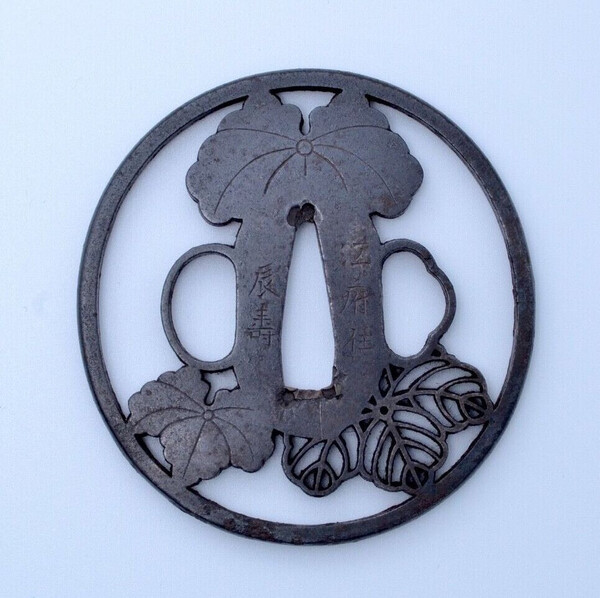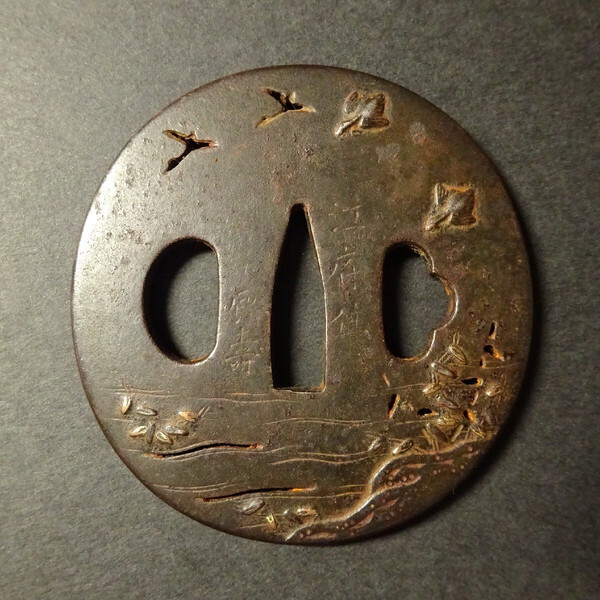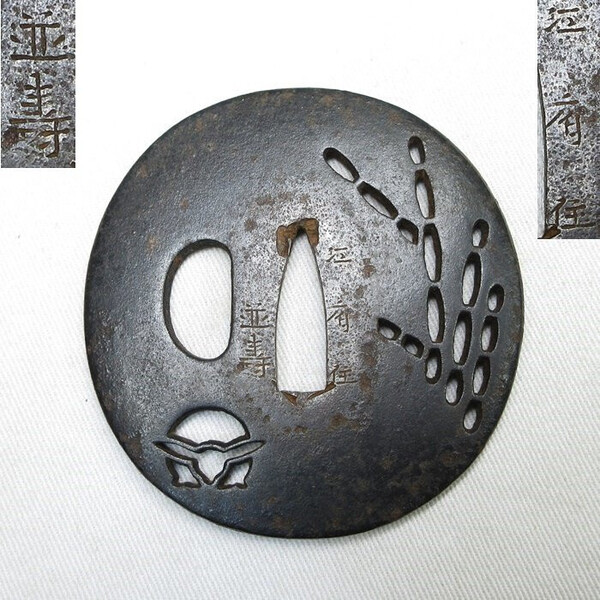-
Posts
756 -
Joined
-
Last visited
-
Days Won
4
Content Type
Profiles
Forums
Events
Store
Downloads
Gallery
Everything posted by PietroParis
-
Thanks again! I may have misunderstood what the (Japanese) person who translated the writing in a FB ceramics group had told me, i.e. that the two characters are 家元 (iemoto). Then someone else had indeed identified the iemoto in question as 堀内宗完 Hori(no)uchi Sokan. So either the first person mixed up 家元 and 宗完 (there are indeed several parts in common in both kanji) or he just meant that the characters refer to the name of the iemoto, not that they read iemoto.
-
I don't think 平砂 is meant as the potter's name, but rather as the name of the bowl. See for example this other box I have: Incidentally, I was later told that the arrow with question mark under the lid points to 家元 (iemoto, or head master) followed by the kao of the tea master who picked the name. Indeed, this is something that would not usually be done by the potter himself.
-
Thanks so much Steve! Google translates 平砂 as "flat sand", I wonder if this has any particular meaning in the context of the tea ceremony. P.S. not that it matters, but the Japanese seller described the bowl as "Shōwa period (1926-1989)". The bad faith is quite breathtaking...
-
Hi All, I've just bought on Catawiki a Hagi-style tea bowl made by one 吉弘達彦 Yoshihiro Tatsuhiko, a seemingly little-known potter who, according to a google search, doubles as karate teacher in Hiroshima: The writing on the front of the box is not problematic: 梅華皮 kairagi (literally "plum flower skin", this kind of glaze) 茶盌 chawan 達彦 Tatsuhiko However, I am stuck with the writing under the lid: I can only make out the full name of the potter in the last (leftmost) column. Could anyone here please help me read the first three columns? Thanks in advance for any help!
-
-
-
Sorry, I know next to nothing about kinko tsuba and these are all those that 1) attracted my attention and 2) were in a position where they could be easily photographed.
-
That was one of the few "old iron" pieces on show. It looks like Mr. Baur was much more interested in decorative kinko pieces.
-
- 37 replies
-
- 13
-

-

-
-
-
-
- 37 replies
-
- 10
-

-

-
-
-
-
-
-
Is it visible now? I read that the Japanese pavillon has been under renovation for many years.
-
-
A different version here: googling "quail millet netsuke" will yield many more examples of varying quality.
-
-
The signature is 玉山 Gyokuzan, but this definitely looks like a 20th-century non-Japanese imitation for the tourist market. Unfortunately, 99% of the items marketed as netsuke fall in this category, it's even worse than what happens for tsuba and swords.
-
-
There is a 並壽 Namitoshi - abundantly represented in the thread linked above - who was a student of Tatsutoshi. Maybe it's the one mentioned in Piers' book, and Tsunetoshi was in turn his student? To console Xander, this Namitoshi tsuba from the other thread looks similar to his, but in even worse condition...

























